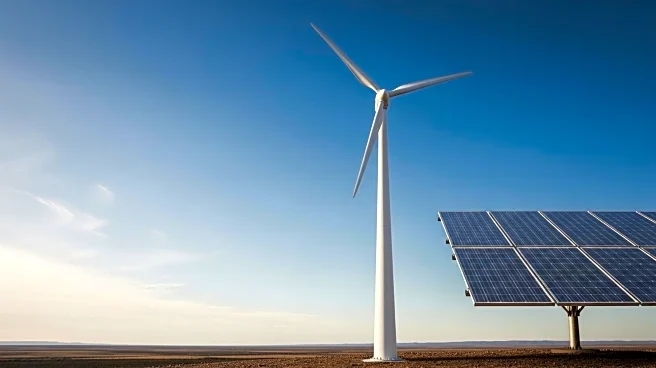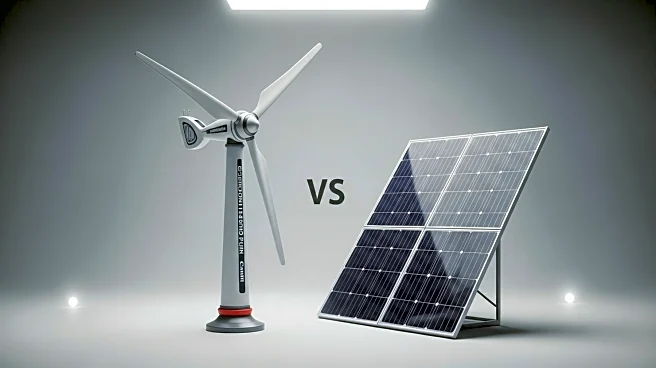What's Happening?
India and Australia have announced new targets for reducing carbon emissions. India has reported a slight decline in emissions from its power sector, marking a significant shift from its previous upward trend. The country is increasing its clean energy capacity, with solar installations leading the way. Meanwhile, Australia has set a national plan to cut emissions by 62 to 70% by 2035. This plan has sparked debate among environmental groups and business interests, with some calling for more ambitious targets and others warning of economic impacts.
Why It's Important?
The announcements from India and Australia are significant in the global effort to combat climate change. India's reduction in emissions and expansion of clean energy capacity demonstrate progress in transitioning away from coal dependency. Australia's ambitious targets reflect a commitment to environmental protection and economic advancement. These developments could influence global climate policies and encourage other nations to adopt similar measures. The balance between environmental goals and economic interests remains a critical challenge for policymakers.
What's Next?
Both countries are expected to continue expanding their renewable energy capacities. India aims to achieve 500 GW of non-fossil fuel capacity by 2030, while Australia plans to quadruple wind capacity and triple solar installations. The upcoming UN climate summit will provide a platform for nations to share their progress and future plans. Stakeholders, including environmental groups and business leaders, will likely continue to debate the feasibility and impact of these targets.












